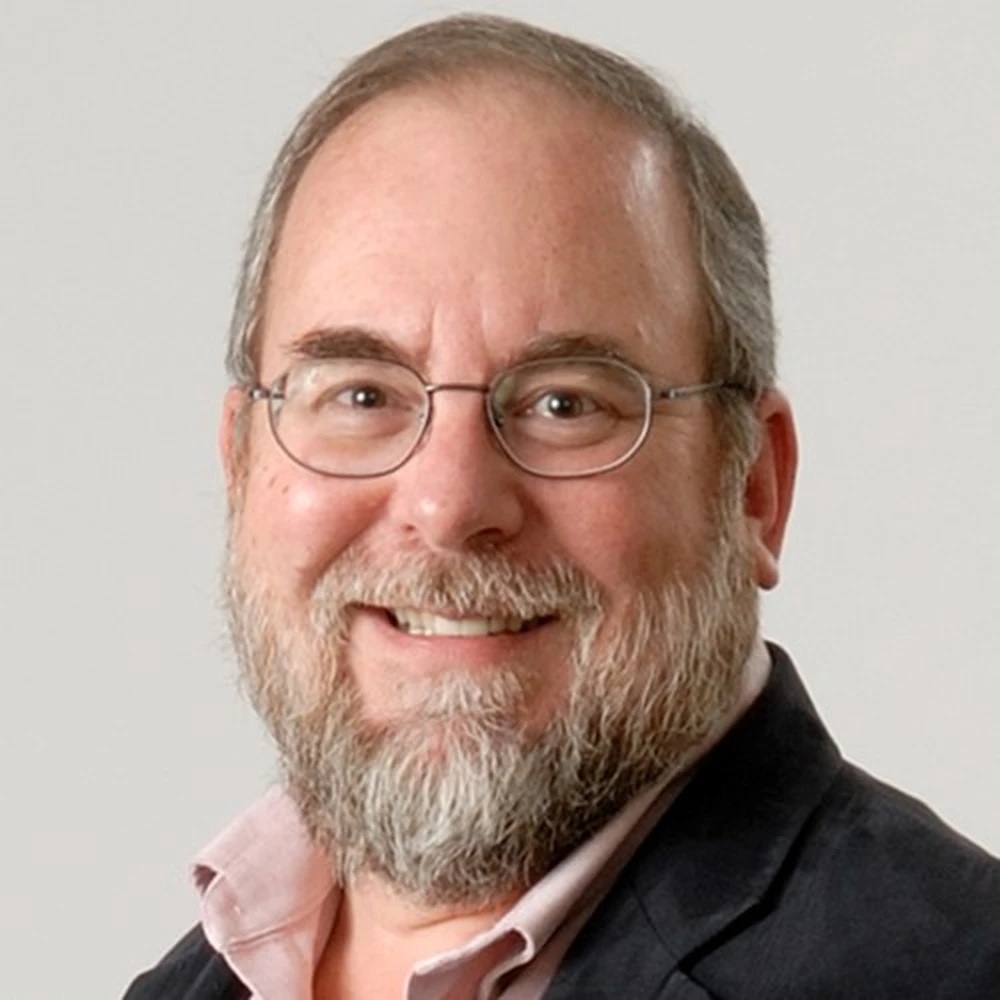
Professor Kenneth Suslick has been named the winner of the Royal Society of Chemistry’s Theophilus Redwood Award for the invention and development of a small optoelectronic device capable of "sniffing out" poisonous gases, toxins and explosives and for other important contributions to artificial olfaction as an analytical technique.
On receiving the prize, Professor Suslick said: “I am completely delighted to have this opportunity to share our science with British colleagues. My research areas have generally fallen outside of the usual 'card-carrying' specializations of chemistry, so I am especially grateful to the RSC Analytical Division for their Theophilus Redwood Award.”
Suslick, Marvin T. Schmidt Research Professor of Chemistry, invented, developed and commercialized the 'optoelectronic nose', a simple but highly effective technology for the detection of toxic gases, identification of complex odorants, and the rapid diagnosis of disease based on smell.
In announcing the award, the RSC said olfaction is exceptionally important and often the dominant sense for most animals but is woefully underappreciated by humans and developing a technology that can provide quantitative olfactory-like information is therefore especially important.
Suslick’s solution is a clever digital, multidimensional extension of litmus paper. Disposable arrays of printed spots of different dyes change colors depending on the odor to which they are exposed. The pattern of the color change is a unique fingerprint that can identify dangerous gases, recognize bacterial infections, or even tell one single-malt scotch from another. This 'smell-seeing' has proven itself for personal dosimetry of toxic gas exposure (a 'radiation badge' for the chemical workplace), for rapid identification of cultured bacteria and fungi (for diagnosis of blood sepsis), and for disease diagnosis through breath analysis (with clinical trials for both lung cancer diagnosis and pulmonary infections).
Beyond his scientific discoveries and fundamental research, Suslick also co-founded iSense Systems LLC and Specific Diagnostics Inc. (located in Silicon Valley) for the commercialization of this novel technology.
Dr. Helen Pain, chief executive of the Royal Society of Chemistry, emphasized the importance of the chemical sciences in the world today.
“All of us have experienced tremendous challenges in the last year and the chemical sciences community has been integral to how the world has responded on a number of levels. From developing vaccines for COVID-19 to continuing to work towards a more sustainable world – the contribution of chemical scientists has never been more tangible or important.
“In a recent review of our recognition portfolio, we committed to ensuring that our prizes reflected the incredible diversity and excellence of chemistry being carried out today. Professor Suslick’s work is a prime example of what we are so passionate about and we are proud to recognise his contribution with this prize.”
The Royal Society of Chemistry’s prizes have recognised excellence in the chemical sciences for more than 150 years. In 2019, the organisation announced the biggest overhaul of this portfolio in its history, designed to better reflect modern science.
The Research and Innovation Prizes – of which the Theophilus Redwood Award is one – celebrate brilliant individuals across industry and academia. They include prizes for those at different career stages in general chemistry and for those working in specific fields, as well as interdisciplinary prizes and prizes for those in specific roles.
Of those to have won a Royal Society of Chemistry Prize, over 50 have gone on to win Nobel Prizes for their pioneering work, including 2019 Nobel laureate John B Goodenough.
For more information about the RSC’s modern Prizes portfolio, visit rsc.li/prizes.
The Royal Society of Chemistry is based in London, UK, has a membership of over 50,000, and connects chemical scientists with each other, with other scientists, and with society as a whole.
More about the opto-electronic nose: Opto-electronic nose sniffs out toxic gases | Chemistry at Illinois; Optoelectronic Nose Finding Many Uses | Chemistry at Illinois.